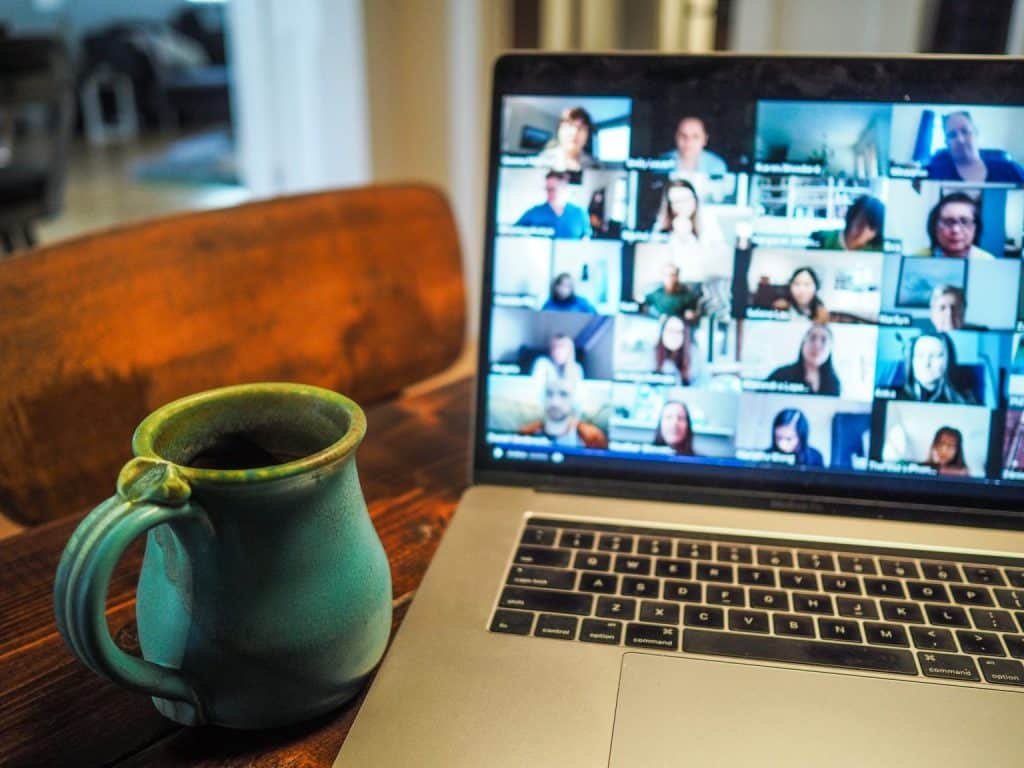It has been more than a year since we saw the world change overnight. The global pandemic has brought monumental changes to our lives, health, businesses, and affected the way we live in several ways.
But if there is even one bright side to all this darkness, we’re sure to find that the pandemic also became a catalyst for endless technology innovation. When people from all over the world were given no choice but to adapt to new ways of working and go on living their lives digitally, it paved the way for a revolution of remote work, the e-commerce boom, and countless webinar events, courses, and social media trends.
The world we live in today is one where all roads lead to one destination – a lifestyle heavily driven by digital technologies. As we’re encouraged to stop the spread of Covid-19 by staying home and minimize all unnecessary outdoor activities, we’re also dealing with this phenomenon known as digital fatigue.
RECOMMENDED: The Role of Print in the Food and Beverage Business
What Is Digital Fatigue?

Digital fatigue is a term that’s been around for a few years explaining the phenomenon of burnout and exhaustion brought on by excessive time spent on screens, according to a Forbes article[1]. The perpetual feedback loop of information load brought by non-stop screen time leads to a lack of energy, mental exhaustion, disengagement, and burnout that affects us mentally and physically. It not only impacts our well-being negatively, but it also jeopardizes our productivity at work. It’s for these very reasons that we need to start acknowledging this phenomenon and find ways to beat digital fatigue to manage our lives better during these times.
Here are five strategies we think would help beat digital fatigue best.

1. Create healthy boundaries for your work at home
Since 2020, for a lot of us, the line between work and home has now blurred as the work-from-home lifestyle became our collective reality. When working from home therefore, it’s very essential to consciously set boundaries and separate work from home-related activities, so we don’t find ourselves going to bed at night still working with our laptops or doing work in our PJs all day the next day. Even with the obvious non-existence of boundaries between home life and work, it helps to be intentional in creating boundaries for our wellbeing, and prevent burnout caused by overexposure to digital media.
RECOMMENDED: How can Printing Helps Local Government and Politicians
2. Always get enough rest and sleep
Try to maintain a consistent bedtime each day. Say no to endless scrolling on social media until the wee hours of the night and try to put away gadgets at least an hour before bedtime. It is scientifically known that “exposure to light suppresses the secretion of melatonin, a hormone that influences circadian rhythms.”[2] Constantly exposing ourselves to blue light (that’s present in all electronic gadgets) especially when we lay in our beds at night, can interfere with our sleep and is a very likely cause of insomnia.

3. Streamline work processes online
One of the main reasons why digital fatigue has become inevitable is due to the use of multiple apps, software, and websites, where we are constantly bombarded with information. Information overload can take its toll on our minds. Hence, the faster we get something done on the internet, from a streamlined work process, the likelier we can avoid digital burnout. Although technology has served us well in many ways, especially during this pandemic crisis, we still need to learn to utilize it wisely so as to make technology work for us, not against us.
RECOMMENDED: 4 Design Tips for Creating your Own Business Cards
4. Jot down your thoughts in a notebook or journal
One way to intentionally lessen our use of digital devices is to go back to the basics and opt for pen and paper when we get the chance to do so. Whether taking notes or writing daily to- do’s, it is sometimes more helpful to write them in your favourite notebook or journal. Put them in a place where they are easily accessible to you. The process is not only more personal, but it is infinitely easier to retain information from the things we write on paper than when we type them on our computer.
RECOMMENDED: How can Print Improve your Events
5. Incorporate print marketing into your strategy
If you’re a local business owner, consider adding print marketing into your marketing strategies. If you feel that digital marketing alone no longer delivers the results you want or need at this point, it might be because that’s what every business is doing nowadays. Competing for your market’s attention is hard when you solely rely on the internet to do the work for you, whilst so many of today’s consumers are likely bitten by digital fatigue.
As nearly everyone is bombarded with countless email promotions or online promotions, not to mention there’s just so much noise on the internet, why not opt to stand out from the pack by doing something different and unconventional today? Consider print marketing.
RECOMMENDED: How Prints Remain Significant in The Age of Digital Events
The warmth of receiving printed material in your mailbox, especially when it is personally crafted for you is incomparable. Paper and print is making a comeback in these times. There’s simply no better way to hold your audience’s attention far longer than through print material.






